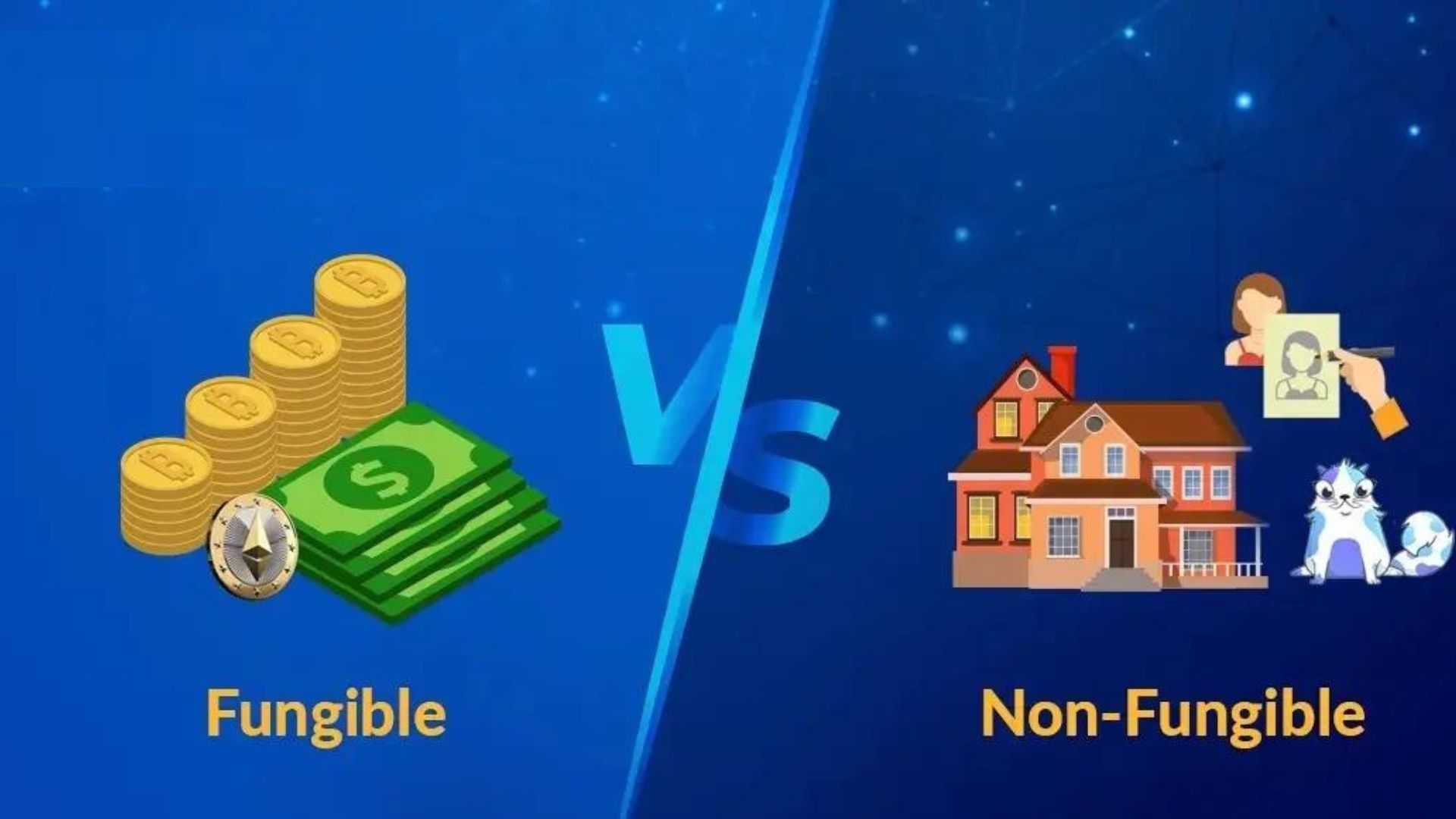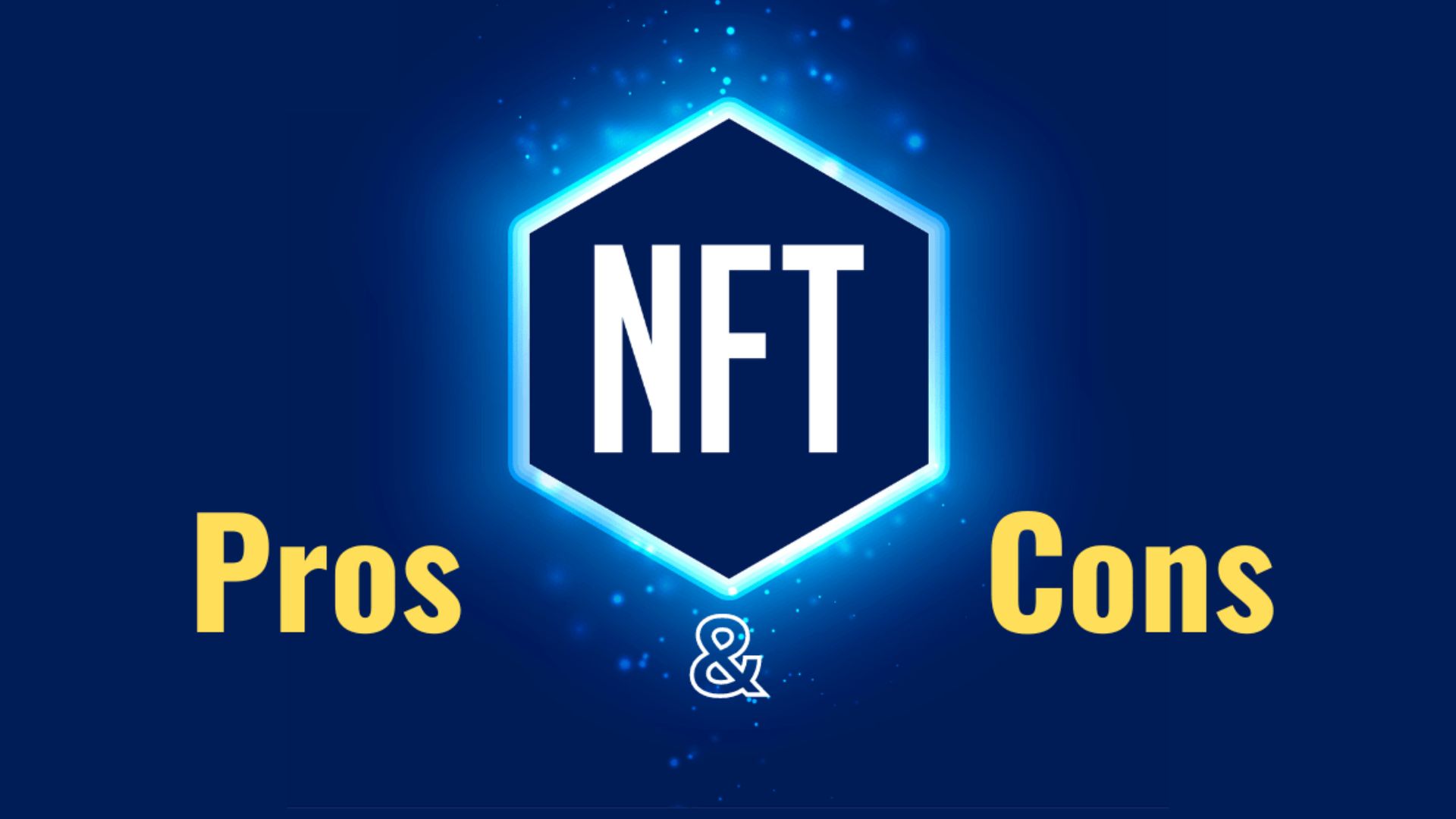Fungible vs Non-fungible Tokens: Key Difference 2024

Fungible vs Non-fungible Tokens: Key Difference 2024. The idea of fungible tokens and non-fungible tokens has been around for a while in economics. Even the Roman Empire used what looked like coins to transact business, perhaps as gaming or brothel tokens. Tokens known as “Abbot’s money” were utilized by English monasteries to compensate outsiders for services rendered throughout the Middle Ages. In an era when state currencies were scarce, merchants dealing between the British Isles and North America frequently utilized fungible tokens—a commitment payable for goods—during the 17th and 19th centuries.
Arcade games and slot machines at casinos have recently begun to use fungible tokens that may be exchanged for money. Services like public phone booths, parking garages, and vehicle washes also accept these tokens.
The idea of tokens has not changed in the crypto age; they still stand for something in the ecosystem, whether that something is physical or immaterial (like a service). Cryptocurrencies such as Bitcoin BTC $51,047 are examples of fungible tokens in a blockchain. A non-fungible token is a data unit that stands in for a distinct digital asset recorded and validated on the blockchain.
What are the Types of Tokens?
In the cryptocurrency market, tokens can represent any service or product. For instance, digital currencies such as Bitcoin or Litecoin LTC $69.47 are examples of payment tokens. Holders of utility tokens gain access to blockchain-based goods and services. Tokens that represent conventional assets on the blockchain, such as stocks and shares, are called security tokens. Tokens can be either fungible or non-fungible, the two main categories covered here.
What is a Fungible and Non-fungible Token?
To better grasp fungible versus nonfungible tokens, it can be helpful to be familiar with the economic notion of fungibility. The one distinction is that crypto tokens use scripted code to demonstrate their fungibility. Assets or tokens that are fungible are divisible and not one-of-a-kind. One example is the fungibility of fiat currencies such as the dollar: The value of a $1 bill in Miami is equivalent to that of a $1 bill in New York City. Another example of a fungible token is a cryptocurrency, such as Bitcoin: No matter where it is printed, a Bitcoin remains a Bitcoin.
In contrast, nonfungible assets are one-of-a-kind and cannot be divided up. Imagine them as a title or deed to a one-of-a-kind, irreproducible object. Take a plane ticket as an example; its unique data makes it impossible to create a duplicate. Hence, it is nonfungible. Houses, boats, and cars are examples of nonfungible physical assets due to their uniqueness.
Nonfungible tokens, on the other hand, stand for a single, distinct, and immutable thing, be it a physical object, an image, or intellectual property. If you want to prove who owns an intangible digital property, you can use blockchain technology. The information they have is what differentiates fungible assets from nonfungible ones. Nonfungible tokens, in contrast to fungible ones like Bitcoin, store information such as a scholarly title or a work of art.
Tokens Different from Cryptocurrencies

The blockchain technology is the foundation upon which both cryptocurrency and crypto tokens are based. However digital currencies with their blockchains are known as cryptocurrencies. Cryptocurrencies that rely on their blockchain include Bitcoin, Ether (ETH) ($2,949), and Litecoin. They are digital tokens that can be exchanged for other things or used as a store of value; in other words, fungible. In contrast, a separate blockchain is used to generate crypto tokens. Tokens built on Ethereum include Uniswap, Chainlink, and ERC-20.
Fungible and Non-fungible Tokens in a Blockchain
A current blockchain network creates crypto tokens, which are digital units of value. Companies create blockchain tokens for voting, subscription access, and value exchanges. ERC-20, the first fungible token, was created on Ethereum. They outline how programmers can construct numerous apps. When ICOs debuted in 2016, the sector was worth $15 billion. This success was built using ERC-20 tokens. In 2012, Bitcoin introduced coloured coins, the first nonfungible tokens. Instead of sidechains, coloured coins allow Bitcoin transactions to include metadata.
Coloured Bitcoin coins may represent actual assets, but they are connected to a faith-based contract outside the blockchain. Everyone in the group must agree that multiplying these coins by a certain number changes their value. These “designated” coins could be used for purchases of that value. Satoshis, digital tokens worth a minuscule fraction of a Bitcoin, are “coloured in” with data linking them to tangible assets. In Bitcoin, coloured coins were rarely used. They were largely used to create and exchange digital artworks like “Rare Pepe” cards on Counterparty, a Bitcoin-based online marketplace.
The Ethereum network also created the first nonfungible tokens, which distinguished services and individuals. Tron and EOS, which hold voting tokens, underpin several NFTs. This token can be used to buy rare art and music as collectibles or gain access to concerts and sporting events.
NFTs can act as blockchain marketplaces for digital identities and academic titles because they are easily verifiable and traceable. A prevalent misconception regarding NFTs is that they will be viewed entirely as art after their spectacular rise in 2020 and 2021. Before the arts, NFTs were important in gaming. CryptoKitties debuted on Ethereum in 2017. The game, the first crypto industry use case for NFTs, became Ethereum’s most popular decentralized software. Instead of ERC-20, Ethereum uses ERC-721 to identify NFTs.
How to Buy or Sell a Non-fungible Token
NFTs are tradable digital proof of ownership that may be purchased or traded online. Online markets and cryptocurrency exchanges like as Rarible, Nifty Gateway, and OpenSea are common sites for transactions to take place. You can buy and sell items much like on eBay, with the owner setting the price or via auctions.
Obtaining a cryptocurrency, like as Ether, and creating an account on a site are the initial steps. After that, the user has to find a cryptocurrency wallet that is compatible with the tokens and move the coin there. All three of these wallets—MetaMask, Trust Wallet, and Coinbase Wallet—are designed to work with ERC-721 coins. Along with Binance Smart Chain, other blockchains that support NFT transactions include Tezos, Polkadot, EOS, and Tron. However, before committing to a blockchain, users should ensure that their collection platform of choice is compatible with it. You can add the NFT to an image or file after you link the wallet to the platform.
Making NFTs is also possible on platforms like MakersPlace. However, before they can begin working on it, they need to register and become a listed artist. By making public announcements about their involvement in the space, celebrities such as Snoop Dogg, Grimes, and Paris Hilton have all helped to propel NFTs to stardom.
Pros and Cons of Using NFTs

Pros
After an artwork sells for the first time, artists can claim royalties on future revenues through NFTs. Many artists have begun to use this new online marketplace because of the groundbreaking potential to claim such future rewards. The only thing consumers need to do is turn on a particular blockchain function. With this method, the artist can receive a portion of the proceeds whenever the NFT is sold or transferred.
Artists and content creators can now monetise their productions directly through blockchain technology, eliminating the need for intermediaries like agents. Artists can now turn to the digital realm for easier and more accessible interactions, while physical galleries and auctions are likewise eliminated.
Cons
You can make an exact copy of a digital photo just like any other photograph, and the resulting file will look just like the original. The idea of being able to make an endless number of copies of artworks has made art scene viewers confused and skeptical. If thousands of copies can be downloaded from the original, why would anyone pay a premium for the original?
When seen up close, digital artworks are much like any other type of conventional masterpiece. There may be an infinite number of replicas of the Mona Lisa, but the original will always remain in one place. A cryptographic digital signature known as a non-fungible token designates a single owner for the unique work. On a blockchain, the transfer and verification of ownership of the work are both possible.
Future of NFTs
Tokenizing ownership and property with NFTs can be a practical answer in an increasingly digital society. The secure digitization and storage of physical goods is made possible by both fungible and nonfungible tokens.
A valuation of $2.5 billion was achieved by the NFT market in the first half of 2021. Given the astronomical prices of some of the artworks, this is hardly surprising. The digital artwork “Everydays: the First 5000 Days” by Beeple was sold at an auction by Christie’s for $69.3 million. At the same time, Jack Dorsey, CEO of Twitter, sold an NFT of his first tweet for $2.9 million in an auction.
Several online marketplaces are about to undergo a dramatic shift as a result of NFTs, which will streamline transactions and enhance human connections. On the other hand, NFTs are investments that are driven by demand rather than fundamentals since they are collections. For the astute investor, assets such as Bitcoin or Ether have stronger fundamentals due to their value being based on technical advancements and economic adoption. But the price of an asset—and the market’s future as a whole—is driven by people’s interest in the industry and their willingness to pay for NFTs.





